Introduction
Ice plant, scientifically known as Mesembryanthemum crystallinum, is a succulent green vegetable celebrated for its crisp texture, refreshing flavor, and unique appearance. Native to coastal regions, this plant thrives in salty soils and is often adorned with glistening water-filled bubbles on its leaves, earning it nicknames like “crystal ice plant” or “seaweed salad.” While it’s a staple in many Mediterranean and Asian cuisines, ice plant remains a lesser-known gem in global cooking. Its mild, slightly salty taste and satisfying crunch make it a versatile ingredient for salads, soups, and especially stir-fries. This article delves into the secrets of transforming ice plant into a culinary delight, focusing on stir-frying techniques that highlight its natural brilliance. Whether you’re a seasoned chef or a curious home cook, mastering ice plant stir-fries will elevate your meals with a touch of novelty and nutrition.
Understanding Ice Plant: Origin and Characteristics
Before diving into recipes, it’s essential to appreciate what makes ice plant special. This resilient plant belongs to the Aizoaceae family and is characterized by its fleshy, arrowhead-shaped leaves and vibrant green hue. The “ice” in its name refers to the bladder-like cells on its surface, which reflect light and create a sparkling effect. These cells also help the plant retain moisture, making it incredibly hydrating. Nutritionally, ice plant is a powerhouse of vitamins A and C, antioxidants, and dietary fiber, while being low in calories. Its inherent saltiness comes from its ability to absorb sodium from seawater, adding a subtle briny note to dishes.
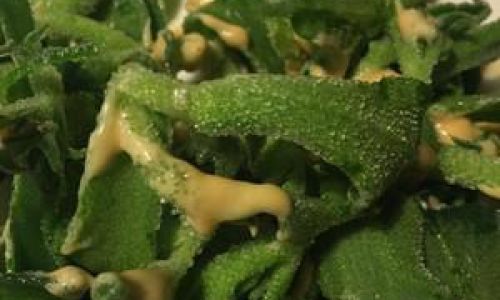
Selecting and Preparing Ice Plant
The foundation of a great stir-fry lies in the quality of ingredients. When choosing ice plant, look for fresh, crisp leaves with vibrant color. Avoid wilted or yellowing specimens, as they may indicate spoilage. Many grocery stores now carry ice plant in the produce section, often labeled as “ice lettuce” or “crystalline ice plant.” If unavailable locally, Asian markets or specialty grocers are excellent sources.
Preparation Steps:
- Washing: Rinse ice plant thoroughly under cold water to remove any sand or debris. Gently rub the leaves to dislodge particles trapped in the nooks.
- Trimming: Use a sharp knife to cut off the tough stems. The leaves are edible, but the stems can be fibrous if not cooked properly.
- Chopping: Stack the leaves and slice them into bite-sized pieces (1-2 inches). For a decorative touch, you can also tear the leaves by hand.
- Blanching (Optional): Some recipes recommend blanching ice plant for 30 seconds in boiling water to soften its texture. However, this step is unnecessary for stir-fries, as the high heat of cooking will wilt the leaves adequately.
The Science of Stir-Frying: Key Techniques
Stir-frying is a high-heat, quick-cooking method that preserves texture and flavor. To achieve perfection, master these techniques:
- Wok or Skillet: Use a carbon-steel wok or a large, heavy-bottomed skillet. These tools distribute heat evenly, preventing soggy vegetables.
- Preheating: Heat the pan until smoking hot. A drop of water should evaporate instantly upon contact.
- Oil Selection: Opt for oils with high smoke points, like peanut, canola, or avocado oil. Avoid olive oil, which can burn at high temperatures.
- Aromatics: Sauté garlic, ginger, or chili first to infuse the oil with flavor before adding the ice plant.
- Constant Stirring: Use a spatula or tongs to toss the ingredients continuously, ensuring even cooking.
- Seasoning Timing: Add soy sauce, oyster sauce, or other seasonings toward the end to prevent burning.
Classic Stir-Fried Ice Plant Recipe
This recipe highlights the plant’s natural flavors with minimal ingredients, making it a perfect side dish or light meal.
Ingredients (Serves 4):
- 500g fresh ice plant, washed and chopped
- 3 garlic cloves, minced
- 1 tbsp vegetable oil
- 1 tsp sesame oil
- 2 tbsp soy sauce (low-sodium preferred)
- 1 tsp sugar
- 1/2 tsp white pepper
- 1 red chili, thinly sliced (optional)
- 1 tbsp sesame seeds (for garnish)
Instructions:
- Prep the Wok: Heat a wok over high heat until smoking. Add 1 tbsp vegetable oil and swirl to coat.
- Sauté Aromatics: Add minced garlic and chili (if using). Stir-fry for 10-15 seconds until fragrant.
- Add Ice Plant: Toss in the chopped ice plant. Use a spatula to spread it out in a single layer. Let it sear for 30 seconds before stirring.
- Stir-Fry: Continue tossing for 2-3 minutes until the leaves wilt slightly but retain their crunch.
- Season: Drizzle soy sauce, sesame oil, sugar, and white pepper. Toss to combine.
- Finish: Remove from heat. Garnish with sesame seeds and a final drizzle of sesame oil.
Pro Tips:
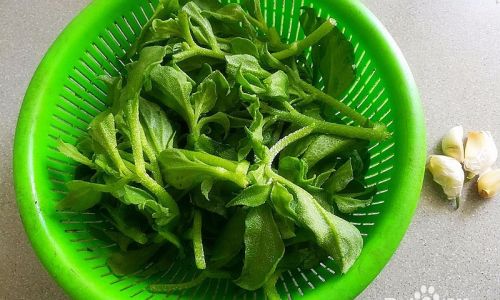
- Avoid overcrowding the pan; cook in batches if necessary.
- Adjust seasoning to taste—add a splash of rice vinegar for acidity or a pinch of salt if needed.
Creative Variations to Elevate Your Dish
Spicy Garlic Ice Plant Stir-Fry
Infuse heat and depth by adding fermented black beans and doubanjiang (spicy bean paste).
Ingredients:
- 2 tbsp fermented black beans, rinsed
- 1 tbsp doubanjiang
- 4 garlic cloves, minced
- 1 tbsp Shaoxing wine
Method:
Follow the classic recipe, but sauté black beans and doubanjiang with garlic. Deglaze the pan with Shaoxing wine before adding ice plant.
Ice Plant with Shiitake Mushrooms
Earthy mushrooms complement the plant’s brininess.
Ingredients:
- 1 cup fresh shiitake mushrooms, sliced
- 1 tbsp oyster sauce
- 1 tsp grated ginger
Method:
Stir-fry mushrooms until golden before adding ice plant. Finish with oyster sauce and ginger.
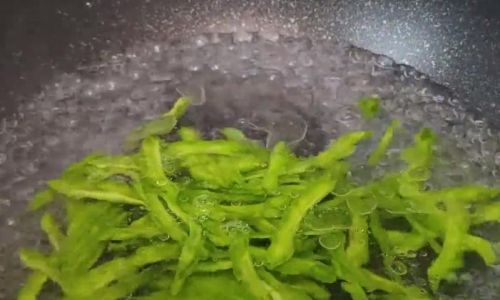
Ice Plant and Tofu Stir-Fry
A vegetarian-friendly protein boost.
Ingredients:
- 200g firm tofu, cubed and pan-fried
- 1 tbsp hoisin sauce
- 1/4 cup vegetable broth
Method:
Add tofu after wilting the ice plant. Stir in hoisin sauce and broth; simmer for 2 minutes.
Lemon-Ginger Ice Plant
For a bright, citrusy twist.
Ingredients:
- 1 tbsp grated ginger
- Zest of 1 lemon
- 1 tsp honey
Method:
Sauté ginger with garlic. Toss in ice plant and finish with lemon zest and honey.
Troubleshooting Common Issues
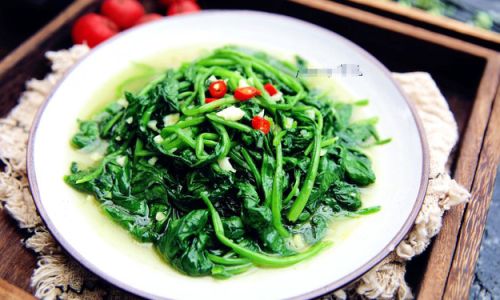
- Soggy Ice Plant: Overcooking is the culprit. Stir-fry on high heat for no more than 3 minutes.
- Bland Flavor: Ice plant’s mildness benefits from bold seasonings. Experiment with fermented sauces or aromatics.
- Sticky Pan: Ensure the wok is preheated adequately. Use a metal spatula to scrape the bottom while stirring.
Pairing Suggestions
Stir-fried ice plant pairs wonderfully with:
- Grains: Jasmine rice, quinoa, or cauliflower rice.
- Proteins: Grilled shrimp, teriyaki chicken, or crispy tofu.
- Noodles: Toss with udon or soba noodles for a hearty meal.
- Soups: Add a handful to miso soup for texture.
Nutritional Powerhouse: Why Ice Plant Deserves a Spot on Your Plate
Beyond its culinary appeal, ice plant offers remarkable health benefits:
- Hydration: Its high water content (up to 95%) aids digestion and skin health.
- Antioxidants: Vitamins C and E combat oxidative stress.
- Digestive Health: Dietary fiber promotes gut health.
- Low-Calorie: A 100g serving contains just 16 calories, making it ideal for weight management.
Cultural Context: Ice Plant in Global Cuisines
While this article focuses on stir-fries, ice plant appears in diverse dishes worldwide:
- Japan: Mizuna salads often include ice plant for crunch.
- Italy: It’s pickled and served as an antipasto.
- Mexico: Mixed into ceviche for a briny kick.
Conclusion: Embrace the Crunch
Ice plant’s delicate balance of saltiness and crispness makes it a stir-fry superstar. By mastering high-heat cooking techniques and experimenting with flavors, you can turn this humble green into a restaurant-worthy dish. Whether you prefer fiery spice, umami-rich mushrooms, or zesty citrus notes, ice plant adapts beautifully to any culinary mood. So, grab a wok, ignite your stove, and let this coastal gem redefine your approach to vegetables. Your taste buds—and your health—will thank you.
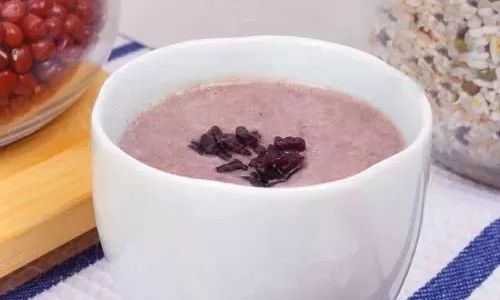




0 comments